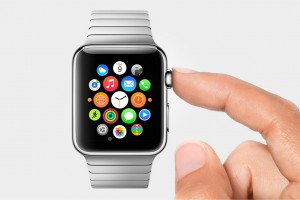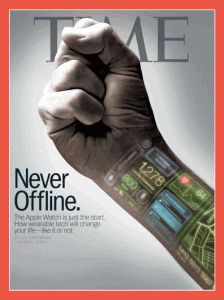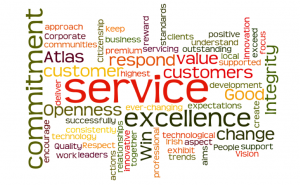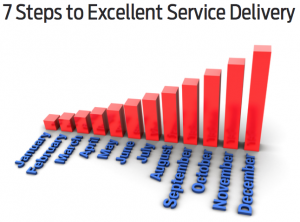We’ve had the key note and it was impressive – I’ve never had my family members watch one with me, and all be excited by the new technology! What technology you say? The Apple Watch…
Yes I’ll admit I’m an Apple fanboy at heart – it’s their whole customer experience and the simplicity of the Apple ecosystem that does it for me. It’s the idea of a “service bubble” again (as I’ve blogged about before – i.e. when you’re there with a brand and the whole experience is just right – from every interaction you have and you know it’s them), it just works.
The Apple Watch won’t be the first smart watch on the block (just like the iPhone wasn’t the first smart phone), but it will work and it will sell and it will have the same consistent simple experience we expect and that we want.
I don’t wear watches any more and I haven’t now for probably 30 years, but I’ll be one of those looking at spending £300 on an Apple Watch when it comes out. Yes it will tell the time like a traditional watch but I don’t need it for that (when in 2014 are you somewhere where you can’t find the time out?).
It’s the ability to do so much more without having to find your phone and pull it out. Maps telling you the direction to go, a heart rate monitor (that you don’t have to strap around your chest and get friction burns from – that’s another story), messages from friends and family, access to my photos, online shopping, a camera and access to passbook (boarding cards, loyalty passes and more), to name a few. It will ultimately replace my trusty Garmin Forerunner 305 (that’s beginning to drop the signal a bit more than it should) but maybe when v2 comes out with GPS included (running with the Apple Watch and having to have an iPhone on me, doesn’t work for races just yet).
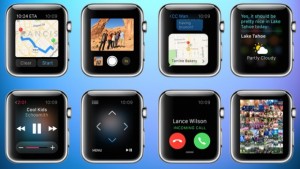
But – and this is the big question – am I prepared to never be offline? Never offline – this was the title of Time Magazine this week – have we even considered what this means?
You may say that you’re never offline now, with a smart phone always near by. But you can put it down. How often do you take a watch off? Rarely if ever. Always reachable, location always known and apps reacting to you realtime giving advice and directions – 24×7 365 days a year wherever you are (yes assuming you have a mobile data connection). We’ll get to a point when retailers know where we are and can automatically make recommendations on what to do, where to go and what to buy. We’ll see consumer behaviour changes that we’ve not even thought about yet. A lot absolutely will make sense and after a while we won’t know what we did without them (just like smart phones). But we need to consider the implications of some and work to make sure we don’t create a situation where having a smart watch becomes a necessity and if you don’t have one you lose out, to some extent.
We need good – no make that excellent – mobile data coverage everywhere as well, to make most of the use cases for smart watches work. Not just global coverage, as in in all countries around the world, but even within countries and regions. Even near the great city that is London, solid 3G and 4G coverage isn’t there yet. And then there’s good old network roaming – just imagine travelling around the globe as we do, and suddenly being hit by extortionate data charges – it won’t work. Telco’s and other businesses will need to rethink their existing business models and come up with ones!
It’s an exciting time! I can’t wait to see how things go when the Apple Watch hits the streets in 2015!
Apple Watch this space!

